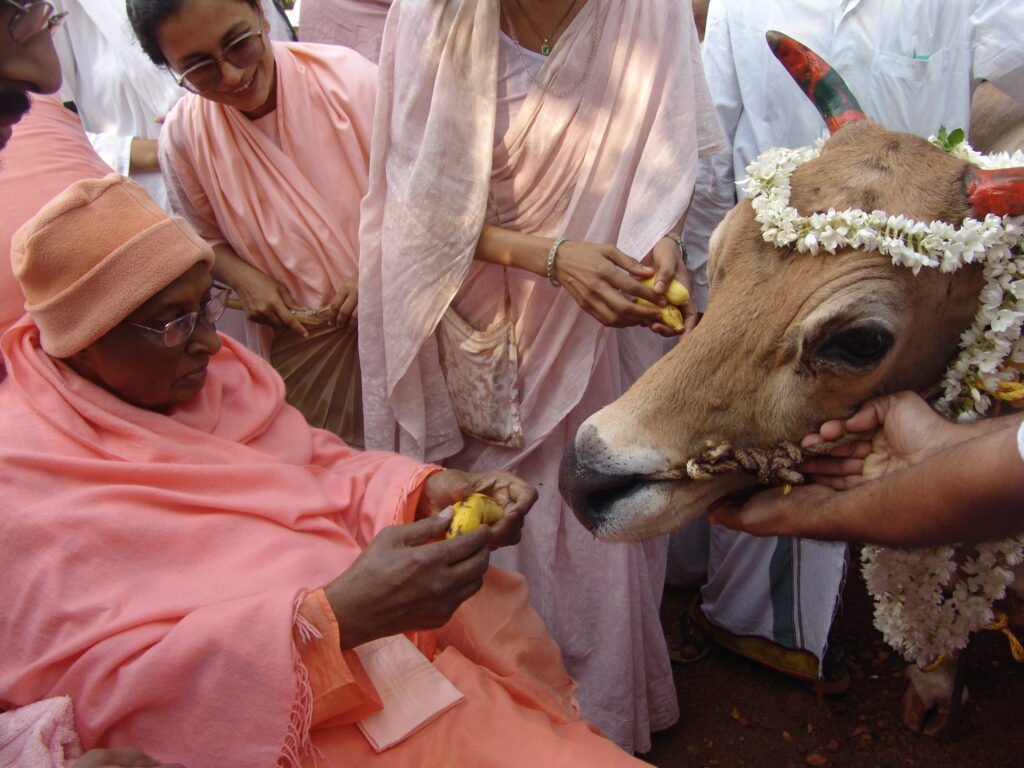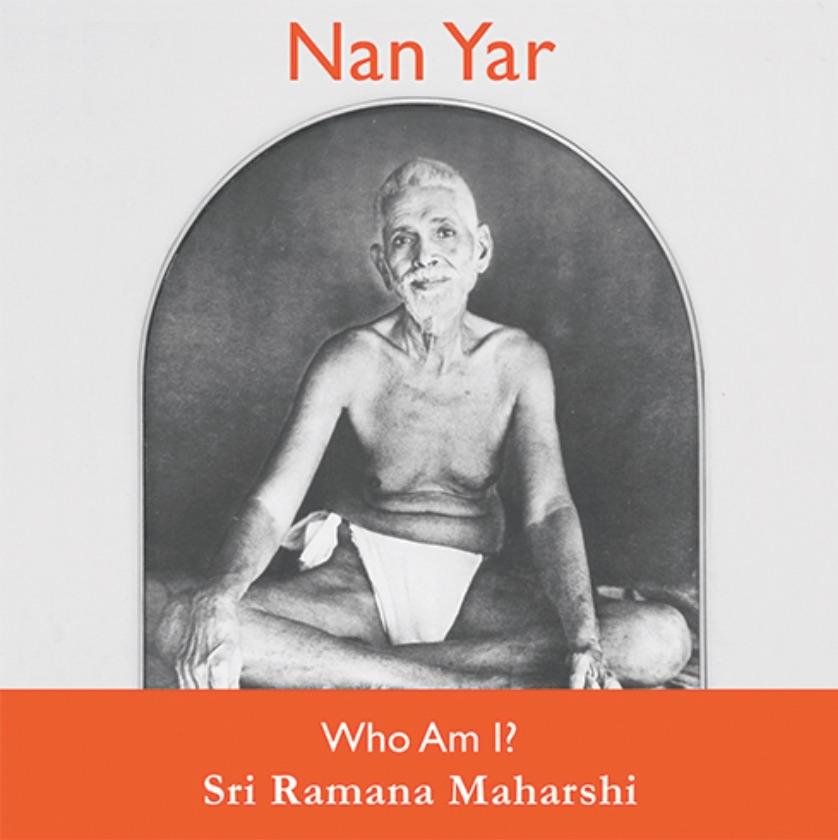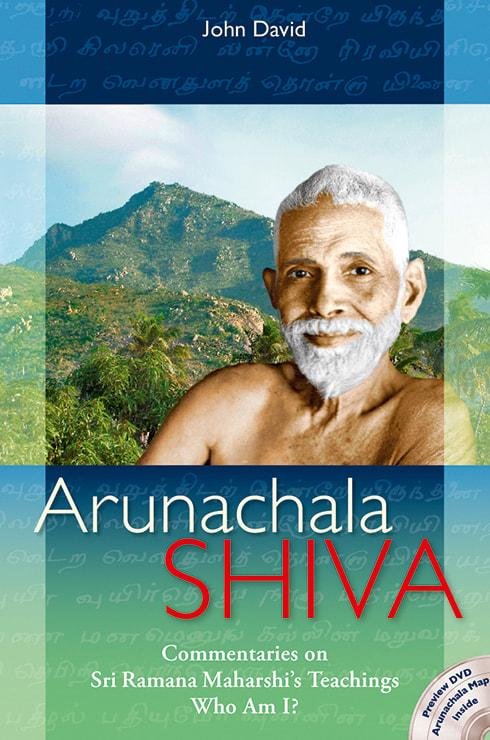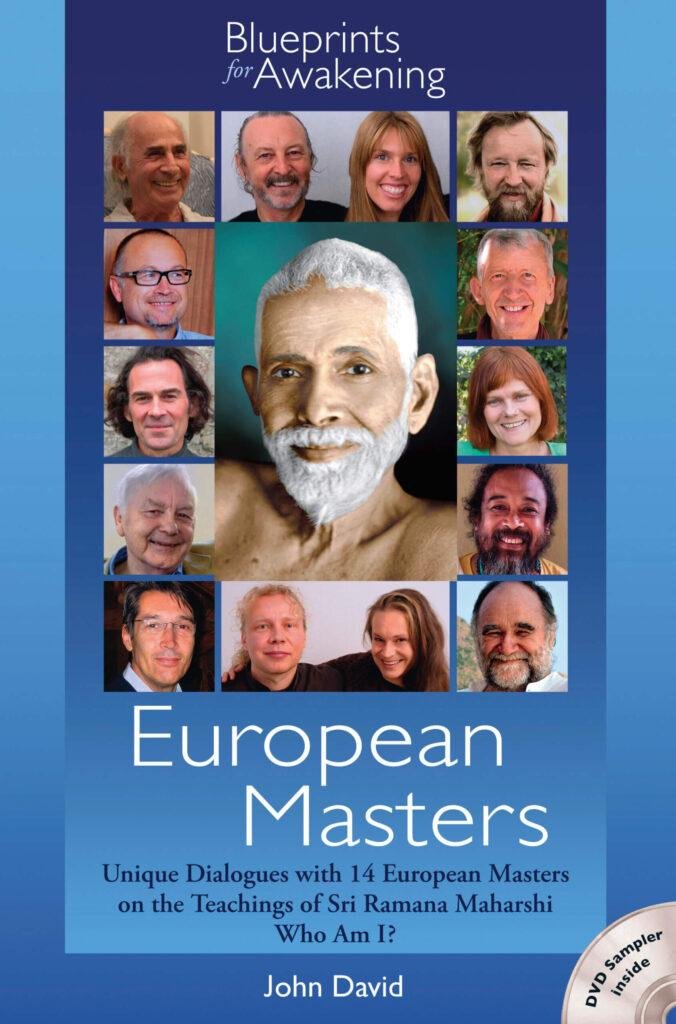Swami Satchidananda
“Ramana wants us to find out who we really are.
His question, ‘Who am I?’ is to clarify
that we are not the body, mind, intellect and senses,
but the Self.
If we realise that, we have realised everything.”
– Swami Satchidananda
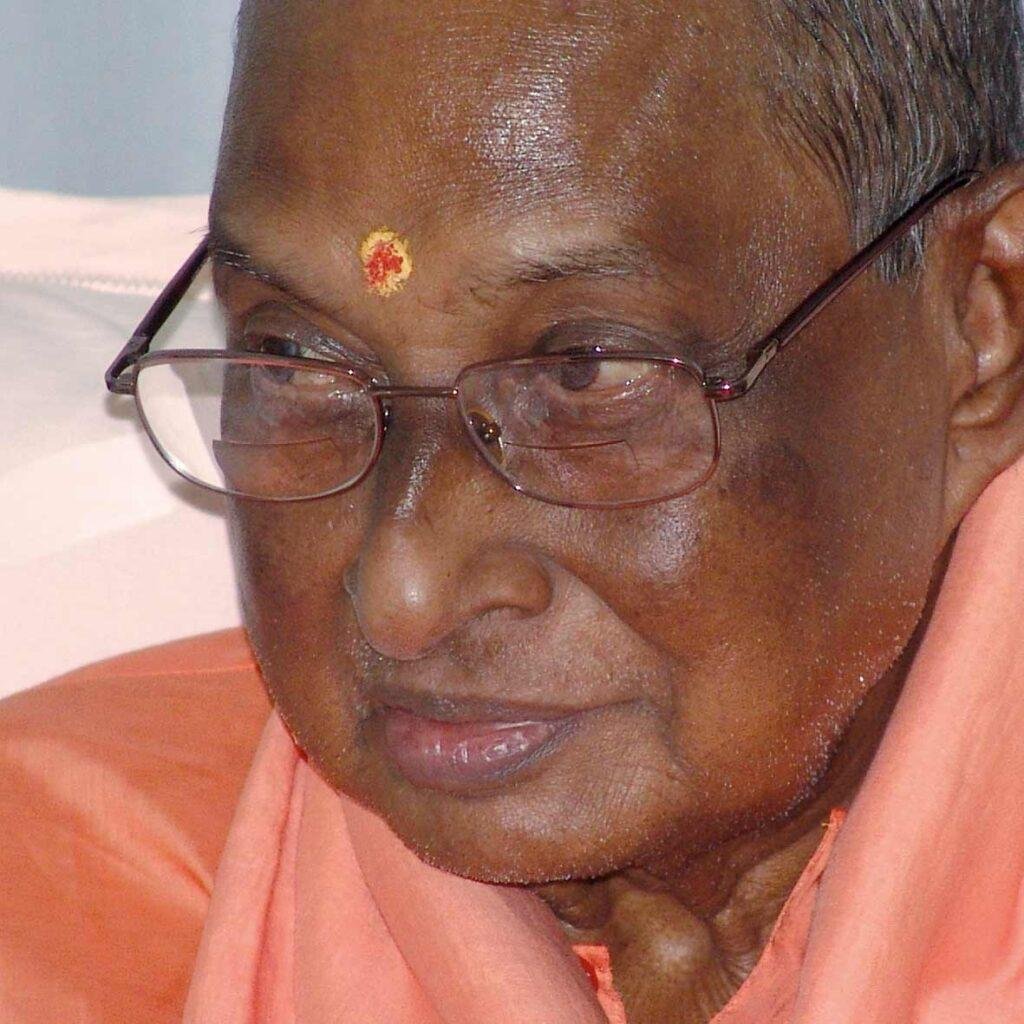
Full Interview with Ajja by John David
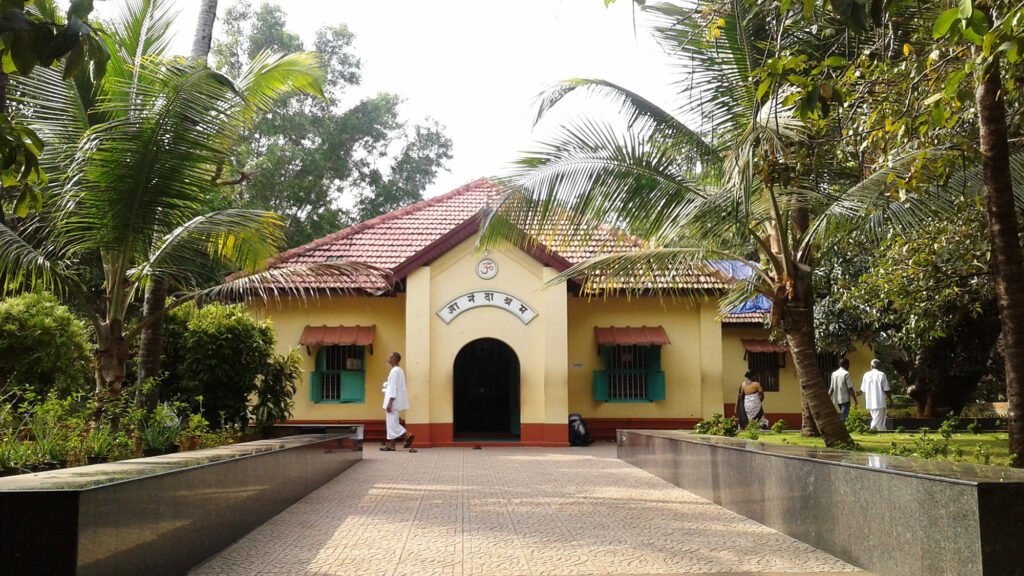
Swami Satchidananda
Swami Satchidananda is a man of unconditional love. We met one quiet evening in 2003 and spent a beautifully intimate time together making this interview. In the years that followed, I have brought many to meet him and all have been touched by his grace. Despite a stroke, he has continued to live an inspiring life. I am profoundly touched that it was he who gave me the name Premananda – unconditional love.
– John David
Questions and Answers
Sri Ramana proposed the fundamental question, ‘Who am I?’* Who are you?
Many Western seekers come to India looking for enlightenment as if it is an experience. What is enlightenment?
Are there any qualifications for enlightenment? Is sadhana (spiritual practice) necessary? If yes, what form do you advise?
Sri Ramana said that Self-enquiry is the most direct route to realising the Self. What do you say about Self-enquiry? How to conduct Self-enquiry?
When Sri Ramana was asked, ‘When will the realisation of the Self be gained?’ he replied, ‘When the world which is what-is-seen has been removed, there will be realisation of the Self which is the seer.’* What is the true understanding of the world? How to remove the world?
It has been suggested that the mind must be destroyed for liberation to occur. Do you have a mind? Sri Ramana used the term manonasha to describe the state of liberation, meaning destroyed mind. How to destroy the mind?
What about vasanas, the tendencies of the mind? Must these be removed before Self-realisation can become permanent? Is it enough to achieve asattvic (calm and peaceful) state of mind and to know one’s vasanas so that they no longer bind? How to remove the vasanas?
At the end of his book, Self-Enquiry, Sri Ramana says, ‘He who is thus endowed with a mind that has become subtle, and who has the experience of the Self is called a jivanmukta.’ Is this the state that can be called Self- realised?
He goes on, ‘And when one is immersed in the ocean of bliss and has become one with it without any differentiated existence, one is called a videhamukta. It is the state of videhamukti that is referred to as the transcendent turiya (state). This is the final goal.’ Is this the state that can be called enlightenment?
It appears essential to meet a guru and stay with that guru. Who is the guru? What is the guru’s role? How to recognise a true guru?
Sri Ramana’s devotees had tremendous devotion to him, and he to Arunachala. Please say something about bhakti, devotion, in the pursuit of awakening.
Seekers often have curious ideas about the enlightened state. Please describe your typical day and how you perceive the world.
You have given us a profound discourse on awakening. When you meet a passion for awakening, what would your short advice be?
Swami Satchidananda's teachings
Swami Satchidananda’s teachings, emphasize the realization of one’s true self beyond physical and mental identifications. He advocates for a spiritual journey that transcends the ego and recognizes the self as blissful, eternal, and inherently peaceful. A central aspect of his philosophy involves achieving a state where one perceives the entire universe as a manifestation of the divine, thereby living in a state of constant peace whether in action or stillness .
He emphasizes the importance of meditation and mindfulness as tools to deepen one’s realization of the self and to maintain a state of ‘sahaja samadhi’—a natural, effortless state of being absorbed in the self. According to Swami Satchidananda, enlightenment involves not only an ‘Aha!’ moment of self-recognition but also a gradual, continuing process of accepting the universe as divine. This process leads to living as a ‘jivanmukta’, a liberated soul who, while active in the world, remains internally free from attachments and identifications .
Swami Satchidananda also discusses the role of the guru in the spiritual journey. He stresses that a true guru helps to purify the mind and guides the disciple towards realizing the oneness with God. He warns against becoming too attached to the form of the guru, advocating instead for focusing on the teachings and the inner experience of peace and truth the guru facilitates .
appears in
Blueprints for Awakening – Indian Masters
Indian Spiritual Masters
John David has been interviewing sixteen important Indian Spiritual Masters. The result is a compendium of astonishing wisdom about the biggest secret of all times: the Nature of our True Self and how to realise it.
This boock answers all questions of the spiritual search and is for everyone who has an inner passion to find out who they are.
Published in two volumes.
Swami Satchidanananda is part of Volume I.

Other Ramana Maharshi Books
NEW: Aham Sphurana – A Glimpse of Self Realisation
Fascinating dialogues and stories of Sri Ramana Maharshi recorded by Sri Gajapathi Aiyyer in the summer 1936, at Ramana Ashram.
This book contains a selection from the complete manuscript Aham Sphurana. This selection, a brilliant treasure, speaks for itself. Beside the detailed teachings on Self-Enquiry, Surrender and Jnana, it exposes a new glimpse of Bhagavan’s personal day-to-day life at fifty-six, in his middle age.
The Book is available in English and German, as Ebook and Paperback.
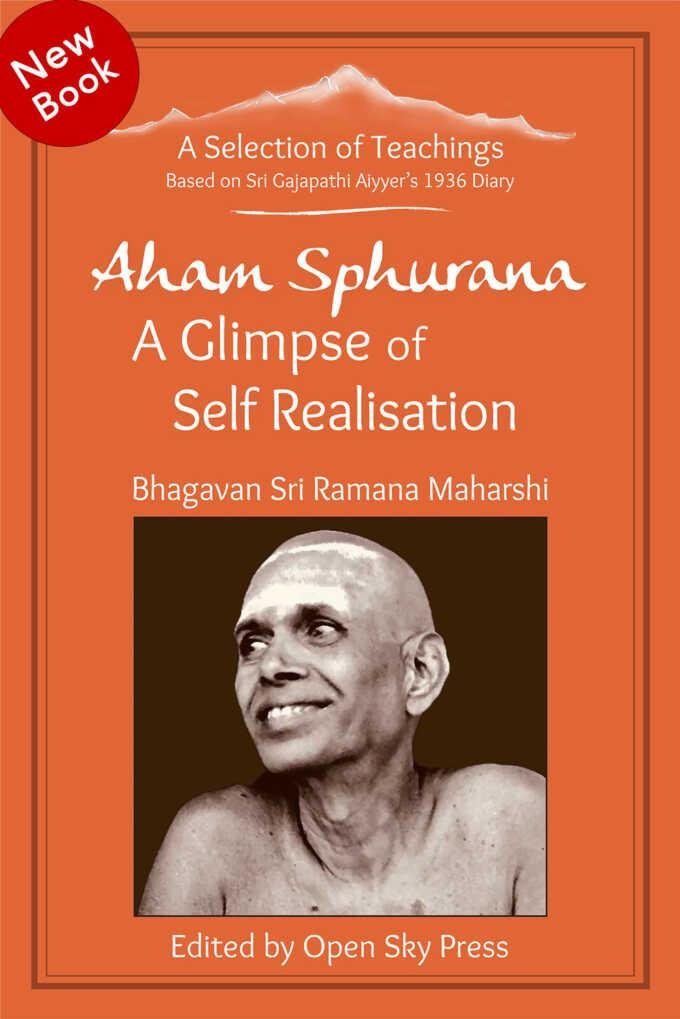
Biography
Swami Satchidananda (1919–2008), originally known as Anantasivan, faced significant challenges early in his life. At the age of 30, he met Swami Ramdas, an event that profoundly changed his direction. He quickly formed a deep guru-disciple relationship with Swami Ramdas, leading him to adopt Nama Japa and later enter the monastic life of Sannyas.
Dedicated to serving his gurus, Swami Ramdas and Mother Krishnabai, Satchidananda devoted his life to their teachings and welfare until their passing. After Swami Ramdas’ Mahasamadhi, he helped manage daily activities at the ashram alongside Mother Krishnabai. Upon her death in 1989, Satchidananda took over the leadership of the Ananda Ashram in North Kerala.
Throughout his tenure, he was revered for his exemplary qualities and became the guiding spirit of the ashram. He continued the legacy of his mentors, focusing on service, love, and universal brotherhood, until he attained Samadhi in 2008. His life exemplifies dedication to spiritual growth and selfless service.
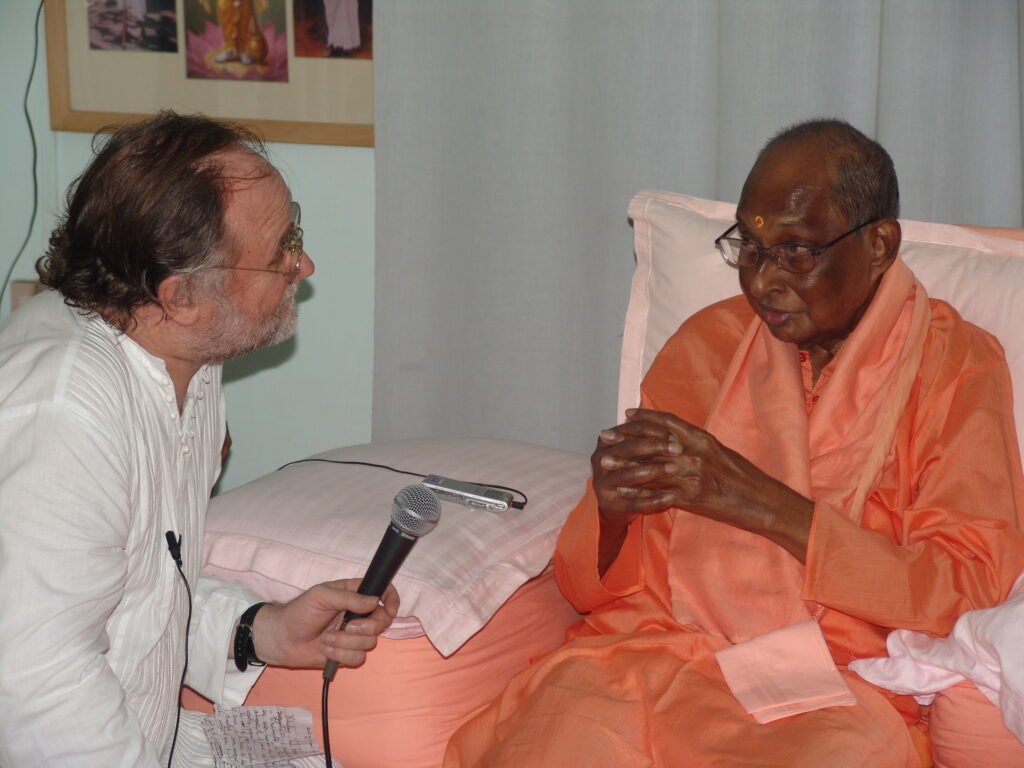
When God is in the picture, ego disappears. As long as we are in intense remembrance of God, ego cannot enter, it disappears through the back door. But when we stop remembering Him it enters again.
– Swami Satchidananda
